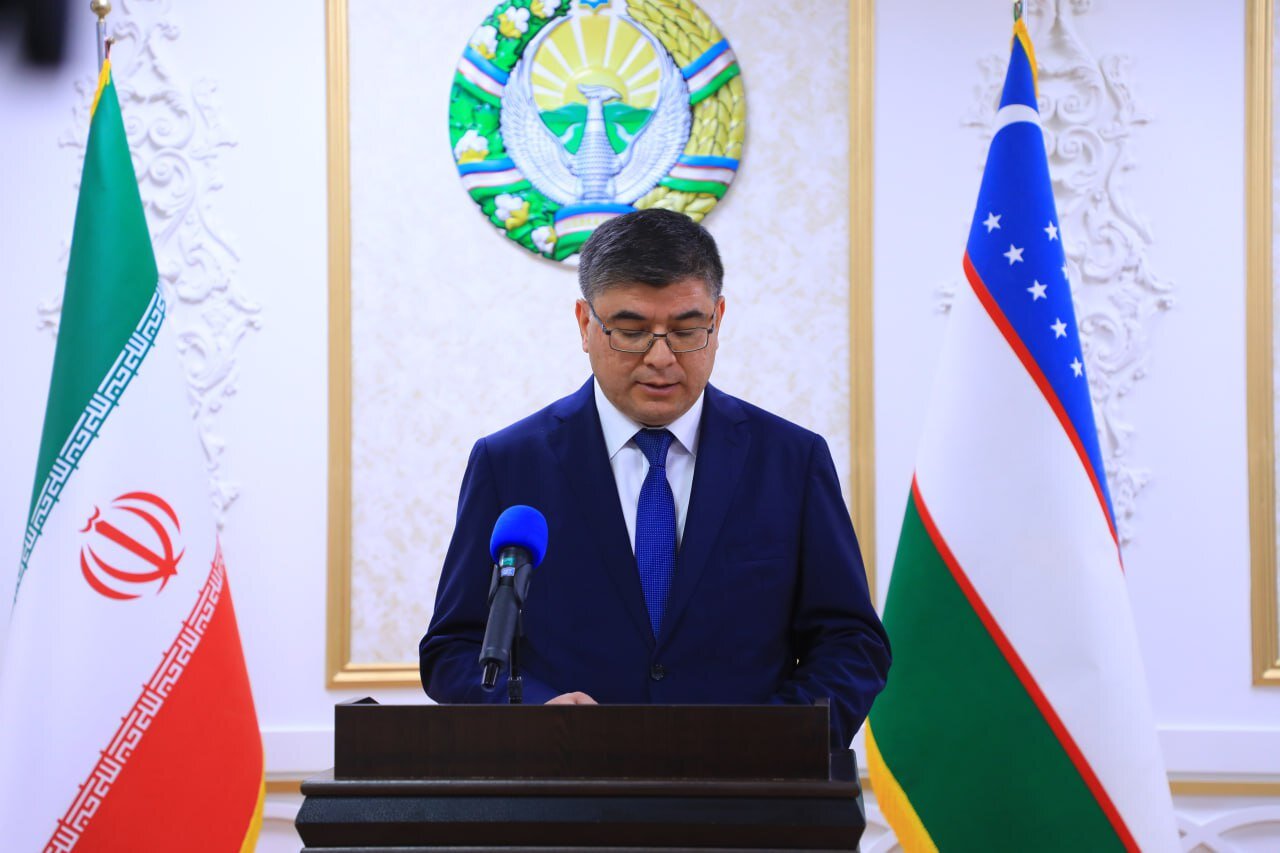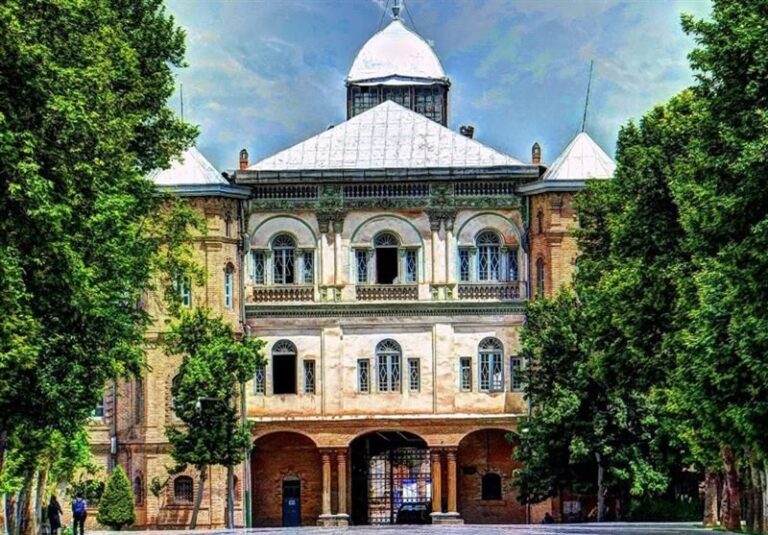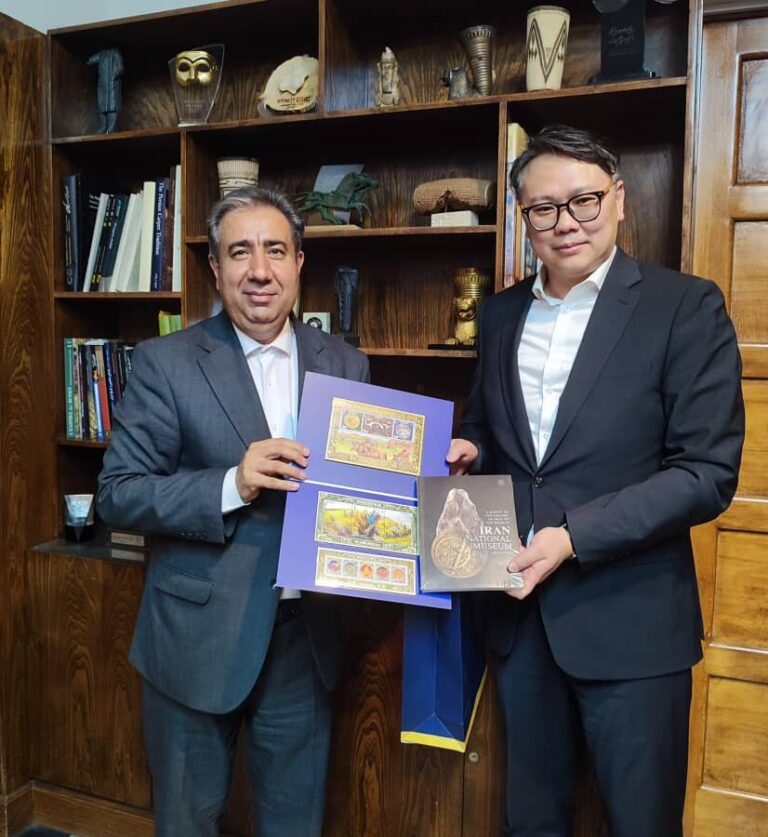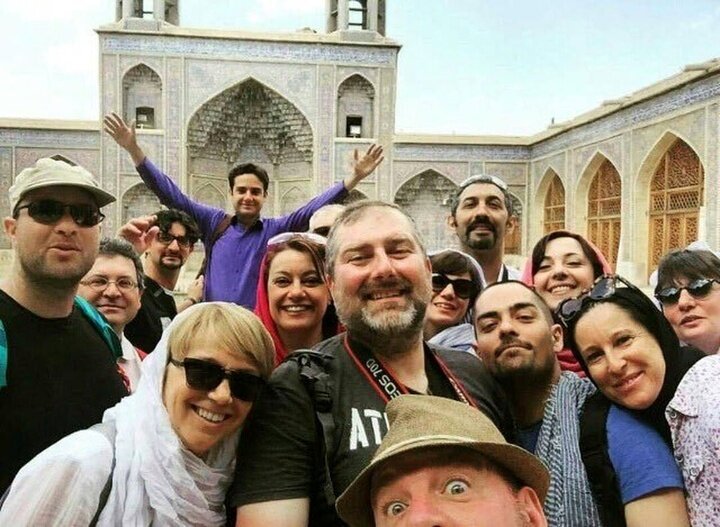
Similar Posts

Exquisite Persian Carpets Adorn Pope’s Funeral: A Touch of Tradition and Elegance
The inclusion of Persian carpets in papal funeral rites, showcased during Pope Francis’s funeral at St. Peter’s Basilica, underscores the cultural exchanges between Islamic and Christian traditions. The vibrant carpets, originating from Iran, have been part of this ceremony for over six centuries, defining sacred spaces in Christian art and rituals. Notable examples include their depiction at the feet of significant figures, enhancing the holy atmosphere. Pope Francis’s simple wooden casket, situated on a Persian carpet, reflects his preference for modesty while retaining the tradition. This practice symbolizes the rich interplay of cultures and reverence for the sacred within the Catholic faith.

Tehran Unveils Stunning New Geographical Atlas of the Persian Gulf
The unveiling of the first geographical atlas of the Persian Gulf at the Mostazafan Foundation marks a significant advancement in documenting the region’s maritime heritage. Featuring 35 historical maps by European geographers, the atlas highlights the Persian Gulf’s rich maritime culture. Hamidreza Soleimani, CEO of Dafeeneh Museums Institute, emphasized its scholarly rigor and accuracy. The atlas results from collaboration among various Iranian organizations and will be complemented by future volumes. Soleimani announced that 50 historical maps will soon be publicly displayed. The event coincided with Persian Gulf National Day, honoring the region’s historical significance and cultural legacy.

Tehran’s Tourism Transformed: Discover the City with Exciting New Magazine Launch!
The inaugural issue of “Tehran Didani,” a magazine aimed at promoting urban tourism in Tehran, was launched at the 18th Tehran International Tourism Exhibition. The magazine, led by Managing Editor Seyyed Mohammad Hossein Hejazi, focuses on the city’s attractions and urban tourism initiatives. Dignitaries, including Deputy Minister of Tourism Anoushirvan Mohseni-Bandpei, attended the event, emphasizing Tehran’s historical heritage and its tourism potential. The magazine, developed with input from tourism experts, aims to be a reference for tourism research. Officials highlighted the need for better awareness and infrastructure to position Tehran as a key tourist destination.

Discover Qazaq-Khaneh: Tehran’s Historic Military Gem in the Heart of the City
The Qazaq-Khaneh, or Cossack’s quarters, is a historical landmark in Tehran, originally established as a military fort during the Qajar era for the Qazaqs, a military force formed through an Iran-Russia agreement. This three-story structure showcases a blend of Iranian and European architectural styles, featuring spacious halls and beautiful porches. It later served as the Ministry of War and is now part of the University of Art. Located near the former military shooting range, Meydan-e Mashq, Qazaq-Khaneh is key to exploring Tehran’s rich history alongside other attractions like the Golestan Palace and Grand Bazaar.

Mongolian Delegation Explores Cultural Connections at Iran’s National Museum
On Monday, a Mongolian delegation, led by State Secretary Lkhanaajav Munkhtushig, visited the National Museum of Iran to enhance cultural collaboration. Their discussions with Jebrael Nokandeh, the museum’s Director-General, focused on potential partnerships in museum curation, exhibitions, and academic exchanges, particularly highlighting the Ilkhanate period’s cultural connections. Proposed initiatives include joint exhibitions in Ulaanbaatar and Tehran, showcasing Ilkhanid art and architecture. Mongolia’s Consul General, Danuu Ankhbayar, expressed optimism for a formal cooperation agreement to launch cultural projects next year. The visit underscores the historical ties between the two nations and aims to deepen mutual understanding and appreciation of their shared heritage.

Unveiling Iran: The Untold Story of Security, Hospitality, and Rich Ancient Heritage Beyond Western Media
Iran is often misrepresented by Western media, overshadowing its rich history, warm hospitality, and stunning attractions. Contrary to perceptions of insecurity, many travelers share positive experiences. Greek traveler Areia noted the orderly atmosphere upon arrival, while Italian tourist Lara praised the kindness of the people. Visitors like Canadian Michelle and Spanish Carlos highlighted Iran’s safety, challenging negative stereotypes. The country’s historical and cultural treasures, such as the ancient ruins of Takht-e Jamshid, further captivate tourists. Many leave transformed, becoming ambassadors for Iran, reshaping perceptions through firsthand experiences of its beauty and hospitality.